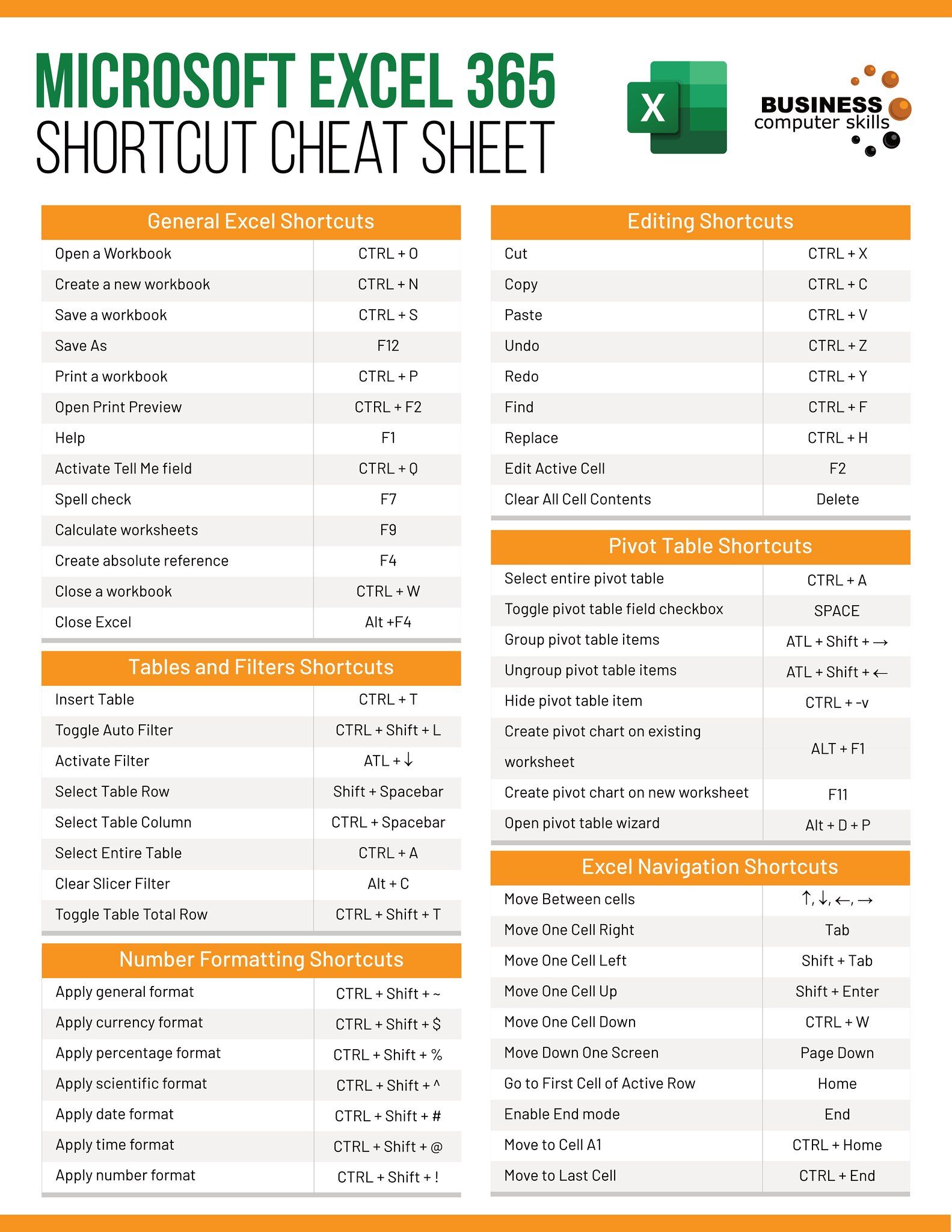How to Sum Cells from Another Excel Sheet Easily

Dealing with multiple sheets in Microsoft Excel can be a daunting task, especially when you need to summarize data across them. Fortunately, Excel offers a range of functions and features that simplify the process of summing cells from another sheet. In this blog post, we'll explore the various methods you can employ to sum data from different sheets, along with tips and tricks to enhance your efficiency.
Why Sum Across Sheets?

Excel sheets are powerful tools for organizing and analyzing data. Whether you’re managing financials, tracking sales, or handling inventory, the ability to sum data across different sheets can:
- Save time: Automate calculations that would otherwise be done manually.
- Reduce errors: Minimize the chance of mistakes with automatic calculations.
- Enhance readability: Keep the main sheet clean and organized by pulling summary data from supporting sheets.
Using the SUM Function Across Sheets

The SUM function is one of the most straightforward ways to add up numbers in Excel. Here’s how you can use it to sum data from another sheet:
- Click on the cell where you want the sum to appear.
- Enter the formula:
=SUM(SheetName!CellRange). Here’s an example:=SUM(Sheet2!A1:A10)if you want to sum cells A1 to A10 from Sheet2. - Press Enter to complete the formula.
💡 Note: Ensure the sheet name does not contain spaces or special characters. If it does, you'll need to use single quotes around the sheet name: 'Sheet Name'!A1:A10.
Summing Multiple Sheets with 3D References

If you need to sum the same cell or range from several sheets, 3D references can be particularly useful:
- Select the cell where you want the total.
- Enter the formula:
=SUM(Sheet1:Sheet3!A1). This sums cell A1 from Sheet1 through Sheet3. - Press Enter.
Here's a table showing a simple example:
| Sheet Name | Cell A1 |
|---|---|
| Sheet1 | 10 |
| Sheet2 | 20 |
| Sheet3 | 30 |
| Total | =SUM(Sheet1:Sheet3!A1) |

🗒️ Note: The sheets must be named in a sequence for 3D references to work, like "Jan," "Feb," "Mar."
Using the SUMIF and SUMIFS Functions

The SUMIF and SUMIFS functions offer more control over what you sum:
SUMIF(range, criteria, [sum_range])sums cells based on a single condition.SUMIFS(sum_range, criteria_range1, criteria1, [criteria_range2, criteria2],…)allows multiple conditions.
Here's how to use SUMIF across sheets:
- Enter the formula:
=SUMIF(Sheet2!A:A, "Apples", Sheet2!B:B)to sum values in column B of Sheet2 where column A contains "Apples." - Press Enter.
🛠️ Note: For complex conditions, use SUMIFS which can sum based on multiple criteria across different sheets.
Adding a Total Row with Excel Tables

Excel tables automatically provide a Totals row, which you can configure to sum data:
- Select the data range and convert it into a table (
Ctrl + T). - Check “My table has headers” and click OK.
- Go to the “Design” tab, click “Total Row” to add it.
- Use the dropdown in the table’s last row to select “Sum.”
The table will now include a total row for each column you choose to sum.
Automating with VBA

For advanced users or those dealing with a large number of sheets, Visual Basic for Applications (VBA) can automate the summing process:
- Open the VBA editor by pressing
Alt + F11. - Insert a new module and write your code:
Sub SumAcrossSheets()
Dim ws As Worksheet
Dim Total As Double
Total = 0
For Each ws In ThisWorkbook.Worksheets
If ws.Name <> "Sheet1" Then
Total = Total + Application.WorksheetFunction.Sum(ws.Range("A1:A10"))
End If
Next ws
Sheet1.Range("B1").Value = Total
End Sub
💻 Note: Always backup your work before running VBA code to avoid accidental data loss or corruption.
In summary, summing cells from another Excel sheet can be done effortlessly with several methods. Whether you opt for simple SUM formulas, more complex SUMIF/SUMIFS, 3D references, Excel table totals, or VBA automation, Excel provides the tools to make your data management tasks easier. With practice, these techniques will not only improve your productivity but also the accuracy of your work, giving you more time to analyze and interpret the results.
Can I sum cells from closed workbooks?

+
Yes, with the INDIRECT function, but it requires the workbook to be open at least once or have external data connections set up for querying data from closed files.
How do I handle spaces in sheet names for SUM formulas?

+
Use single quotes around the sheet name when there are spaces or special characters, like ‘Sheet Name’!A1.
What if I need to sum cells based on conditional formatting?

+
Excel does not support summing cells based on conditional formatting directly. You would need to apply a filter or use VBA to handle this task.